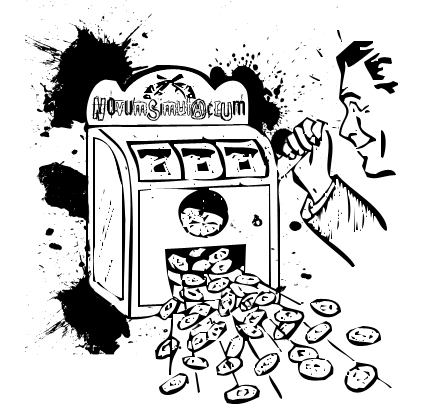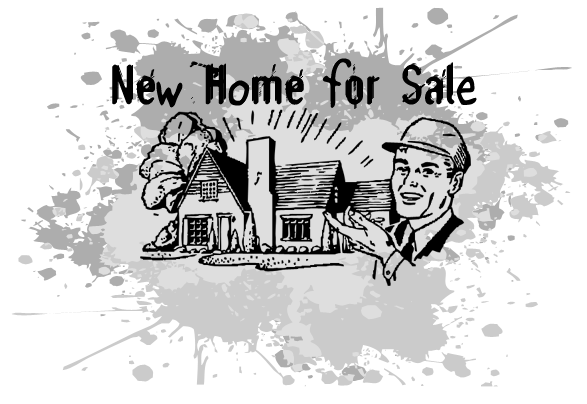
While Turkey and California suffer from similar wildfire risk, they have developed diametrically opposed fire suppression strategies: the former adopted an increasingly centralized strategy, while the latter dwells upon a highly decentralized system. This paper is a comparative analysis that relates the politics of land use in wild-urban interfaces (WUIs) to this divergence in firefighting strategies. Our argument is that evolution of the divergent fire suppression strategies in California and Turkey are linked to two different types of rent-seeking behavior. Developers and landed interest seek for absolute rent in Turkey and differential rent in California.
The decentralized strategy in California allows for distinguishing the property prices between areas of low and high protection and commodifies safety as a form of investment regulating the market prices of land. In Turkey, the tendency toward centralization of firefighting is a part of the composite political strategy to open new land for development by completing the hitherto unfinished cadastral records of the WUIs. Thus, the centralized firefighting strategy indirectly leads to extensive commodification of the WUIs in Turkey and expands the national land market.
(2014) w/ Utku Balaban. “Politics of Urban Development and Wildfires in California and Turkey.” Environment & Planning A. Vol. 46. No 4. pp. 820-836 DOI: 10.1068/a46163





